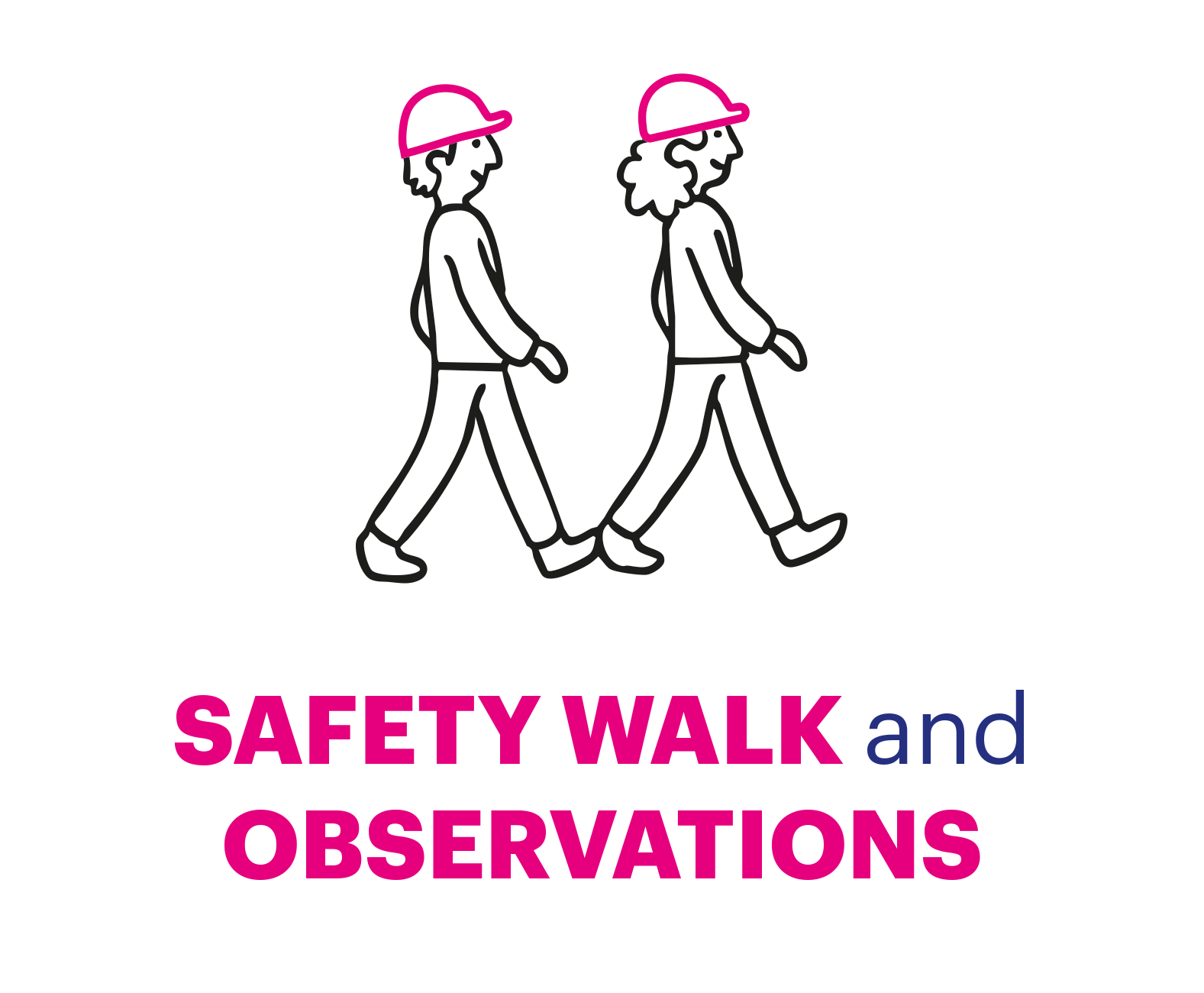
About
This website is owned and run by Essity AB. The site is dedicated to promote the Life Saving Rules at Essity. These rules are in place to ensure a safe working environment for all employees, contractors and visitors to Essity.
© All rights reserved – Essity I Care

